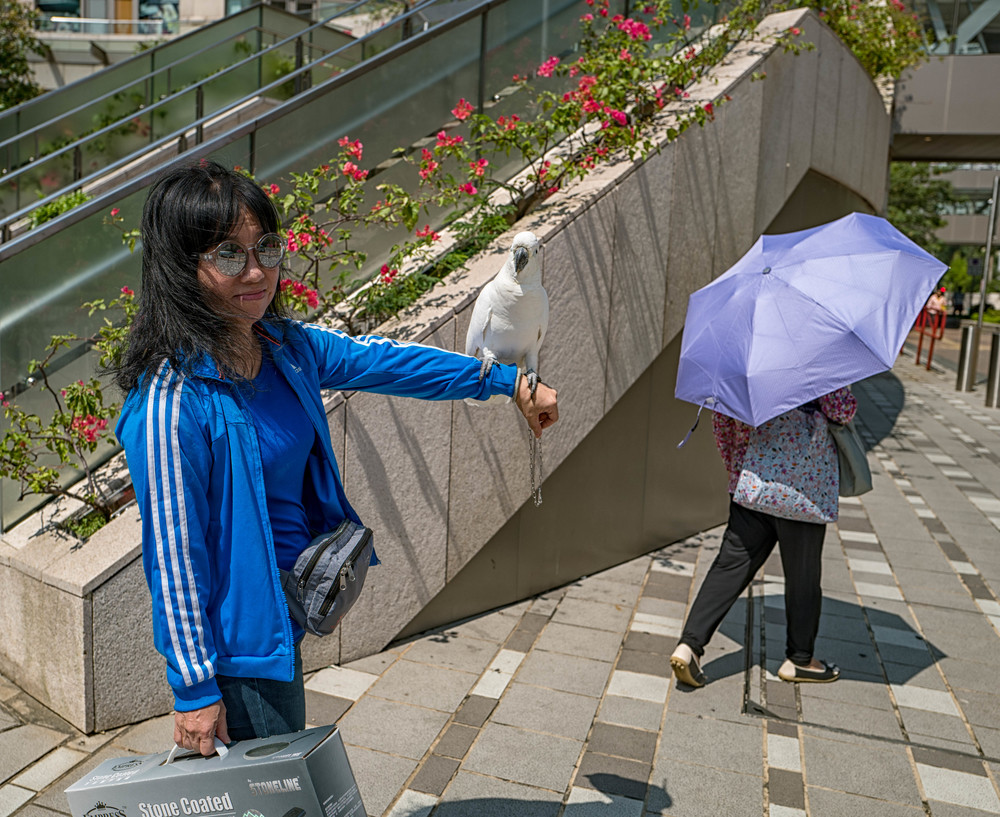
After the best part of six months with the Leica Q I am still discovering new reasons to like the camera, but also one problem that hasn’t really been evident until I arrived in Hong Kong.
This week I have discovered that the Q has the best manual focus of any non-rangefinder camera I have used. Most of my Q work over the summer has been done using the quick and accurate autofocus. In general, I don’t much care for manual focus on electronic lenses. Focus-by-wire systems in many modern lenses makes manual work tedious, especially when there are no stops and, even worse, then you need several turns between near and infinity.
Leica, in general, has that aspect under control; the T and X models are all particularly easy to use in manual focus mode. But the Q’s lens has the finest feel. The designers have worked wonders in bluffing you that you have a direct mechanical connection between ring and optics.
In a break from tradition, I have been using the Q in manual mode much of the past week and I am encouraged by the way in which the camera responds. Using excellent peak highlighting, the system is as quick and accurate as the traditional rangefinder. I didn’t think I would take to it as much as I have done. It certainly offers the selective focus benefit of a rangefinder but without the need to focus and then recompose. The experience can be enhanced, if required, by activating the snap-to-magnify system which comes into play as soon as your finger brushes the focus tab. However, as with a rangefinder, you sometimes need to recompose after selecting the focus point.
What, though, is the bad thing I have learned about the Q? I have found that it is particularly prone to repeated shutter presses if returned to the camera bag without first switching off the camera. Twice in the past week I have done this by mistake and twice I’ve had a flat battery and dozens of wasted shutter actuations. Strangely, although any camera left switched on is prone to erroneous shutter presses, I have not found this to be a problem with the M and with other Leica compacts. I put it down to the shutter release being particularly sensitive on the Q, more hair-trigger button than traditional release.
There isn’t much we an do about that except to ensure the camera is always switched off, although I am experimenting placing the camera sideways in the case so that the top plate is not pressing against one of the sides.

Modern cameras turn off automatically after no activity for a time that the user can specify.
Thanks, but this was not the point I was making. The camera does sleep after (according to my setting) two minutes. The problem arises when the shutter button is disturbed, such as in a bag, which wakes the camera and can then result in a number of shots depending on how near the button is to another object. This can happen repeatedly, resulting in hundreds of unwanted shots and a flat battery. The question is not the sleep time but the resistance of the shutter button and its placing relative to other top-plate furniture that might prevent accidental actuation. For instance, this does not happen so easily with the M because of the threaded release button which has just that more resistance. The Q is relatively trigger happy.
Mike
You are correct. I guess the real issue is how fast the camera comes alive when turned on. I have a habit of turning my Fuji X-Pro1 off and on frequently.
The answer is to remember to turn the thing off before putting it in the bag. It’s so obvious a precaution I am amazed that I forget so often. Perhaps it’s a case of the workman blaming his tools.